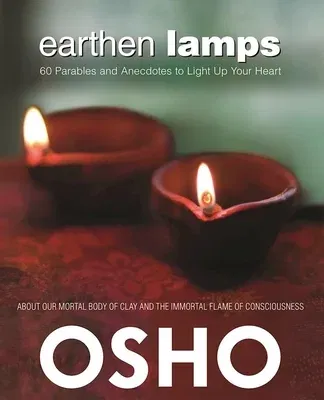One needs a very sympathetic ear and a very sympathetic heart to
understand these beautiful parables, which are a rarity in Osho's work
because they don't come from the talks that have made him so famous --
the parables are actually written by him. Mystics like Buddha and Jesus
talked in parables -- and in his book Osho provides us with sixty
parables, anecdotes, and stories that speak directly to us --
contemporary people of the modern age. These parables and their
metaphors are all very simple, and because they are so simple they have
a purity, they are unpolluted by complicated rationalizations of the
modern mind. They are straightforward and direct, aimed to the heart
like an arrow.
In these parables Osho says in a poetic way things that cannot be said
in prose. He is expressing things from the heart, things that cannot be
expressed by the head. Each parable is a lesson to bring insights into
one of the most important issues we face in life.
As he points out, a parable is a way to talk in pictures and not in
words. And in our dreams, we are again living in parables because the
unconscious understands only pictures. Your conscious has become trained
for language, words, but the unconscious is still that of a child.
When a mystic like Osho wants to communicate something from his
innermost depth to your innermost depth -- he uses parables. They
function like a seed, hovering around the consciousness and emerging
into sharp focus when our everyday life experiences bring an opportunity
to apply their lessons. It is very easy to remember them.
In the preface to this book, Osho writes: What do I find when I look
deeply into man? I find that man, too, is an earthen lamp! But he is not
just a lamp made of clay; in him there is also a flame of light that is
constantly rising towards the sun. Only his body is made of earth, his
soul is that very flame.

